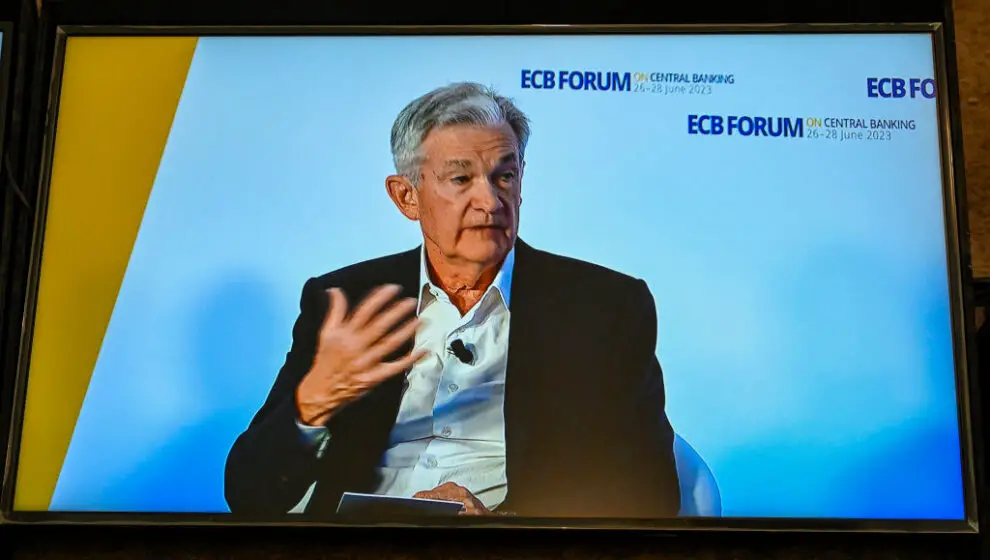Newly released data shows a key inflation metrics are falling once again.
Key Details
- On Friday, the Bureau Of Economic Analysis revealed that the U.S. Core Services Inflation rate increased by 0.23% in May, marking the smallest increase since July 2022.
- The Personal Consumption Expenditures Price Index showed a 3.8% increase from one year prior, the lowest growth rate in two years.
- While core prices remain steady and the Consumer Price Index (CPI) steadily lowers, personal income increased by 0.3% in May, accounting for inflation, Axios notes.
- The Core PCE price index nudged from 4.7% in April to 4.6% in May.
- Consumer spending decreased notably from a 0.6% increase in April to a 0.1% increase in May.
Why It’s Important
The Federal Reserve considers these indicators to be strong signs of the overall direction of inflation, with Fed Chair Jerome Powell recently arguing that high service prices are likely to keep inflation high, Bloomberg notes.
As we previously reported, the Fed has otherwise been very aggressive in tackling high inflation, rapidly raising interest rates by 5% over the course of 14 months. It has begun slowing down this approach in recent months following positive inflation news and negative news surrounding the health of regional banks, with three of the largest bank crashes in U.S. history occurring due to interest-rate-related issues with bonds.
Powell continues to warn that the Fed has no intention of backing off aggressive actions, as need be, telling Congress in recent testimony that it is not done battling inflation. However, the Fed is also incentivized to back off and let the effects of its last year of decision-making take effect.
With the five-year breakeven rate for bonds decreasing from 3.56% last spring to 2.14% this month, long-term indicators for the economy are moving in the right direction and signaling that the Fed’s decisions have the desired effect.
Notable Quote
“The place where we haven’t really seen much progress is in non-housing services. That’s where we’re not seeing a lot of progress yet. The reason is—one explanation for it is—that labor costs are really the biggest factor by far in most parts of that sector … We need to see a better alignment of supply and demand in the labor market and see more softening in labor-market conditions so that inflationary pressures in that sector can also begin to subside,” Powell told the European Central Bank this week.

